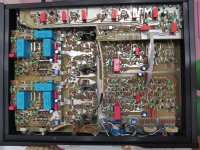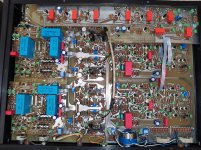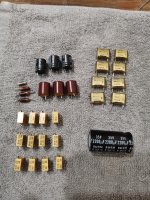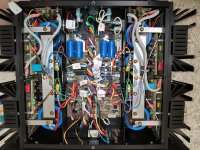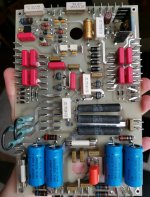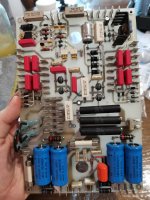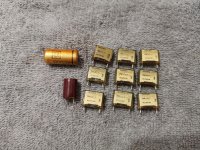MikeB, our forum friend, is 30 years old Computer Programer, owner of the Synetic Software.
As he is working very hard those days, having small time to sleep, he asked me to publish his amplifier, result of some monthes of research, where i could cooperate with my ears with the valuable help of Mr. John Mateus from Fredon - New Jersey - USA the one that constructed, evaluate and helped a lot including his enormous professional experience in audio reinforcing our evaluations.
His amplifier is called Symasym, that is Symetrical Assymetrical, a very good design, the one i use to listen, together with GEM, AKSA and JLH...i apreciate, very much, all of them, and cannot stay without those units..in my idea, the best i could find using BGTs.
Alike many others, that use 36 or 37V simetrical supply, it produces 50 watts RMS minimum over 8 ohms and go to 100 watts over 4 ohms, naturally.
Long research was made, many comparisons where made, that had Hugh Dean cooperation, also Graham Maynard cooperation and some others that are not in our diy audio forum.
Professional audio recordings were made and E-mailed in 10 to 20 Megabytes size, using Wave and MP3, with comparisons made using reference amplifiers, in this case, a very expensive Yamaha Home Theater, the JLH basic and first design, and one Harman and Kardon.
Audio was generated by sinthetizers and Graham Maynard sent a beautifull CD, the one you can perceive very deep low humble from pickup and turntable, we could see woofer moving 5 hertz.
Recordings was made using Professional Senheiser Microfone... 1 meter distanced from speaker.... sound recorded was a DAT recorder and them copied to the computer audio board, converted to MP3 and also mailed as Wave.
The amplifier is very good...try it.
Very good audio reproduction is guaranteed
regards,
Carlos
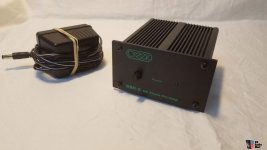
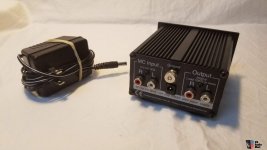
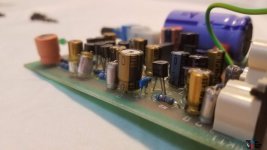
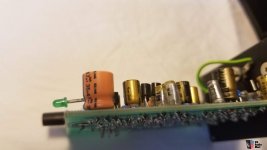

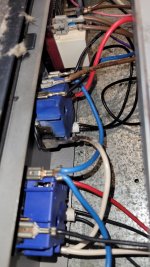
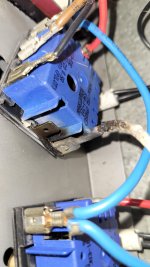
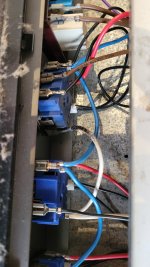
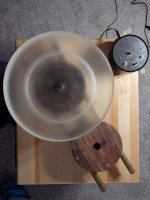
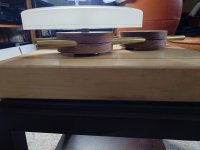
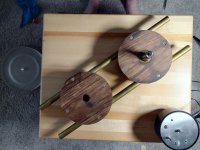
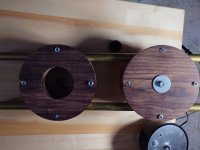
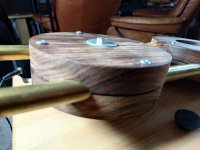
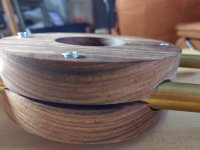
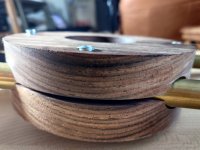

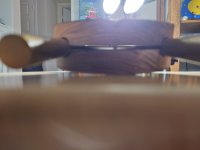
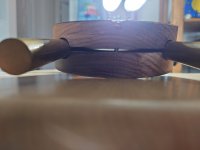

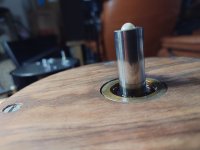

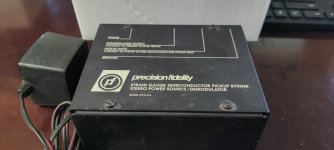
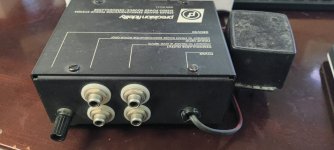
 Edited by moderation to remove reported image
Edited by moderation to remove reported image
